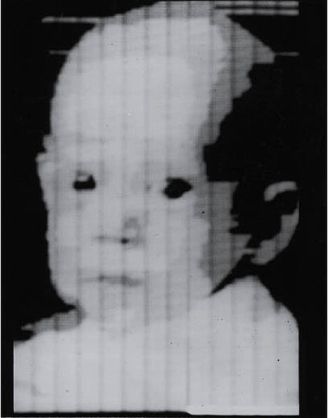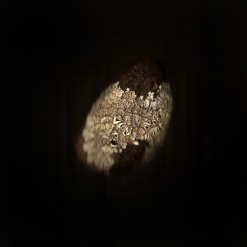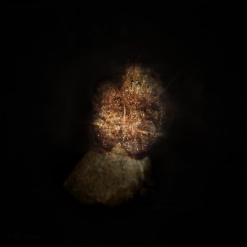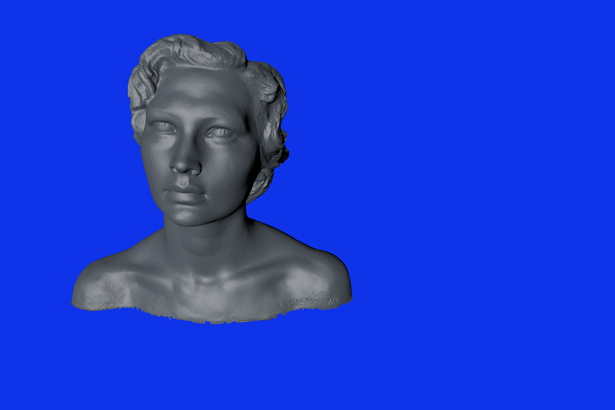Tag Archives: scanning
Julieta Aranda
from e-flux:
If a body meet a body
“If you cut off my arm, I say “me and my arm.” You cut off my other arm, I say “me and my two arms.” Take out my stomach, my kidneys—assuming that were possible—and I say “me and my intestines.” And now, if you cut off my head, what would I say? “Me and my head” or “me and my body”? What right has my head to call itself me? What right?”
May 9–June 30, 2013
Press preview: Thursday, May 9, 11:30–13:30h
Opening: Thursday, May 9, 18h
Museo Villa Croce
via Ruffini 3
Genova
The First Digital Image
 Fiftieth Anniversary of First Digital Image Marked
Fiftieth Anniversary of First Digital Image Marked
Published by the NIST (National Institute of Standards and Technology), May 24, 2007
It was a grainy image of a baby—just 5 centimeters by 5 centimeters—but it turned out to be the well from which satellite imaging, CAT scans, bar codes on packaging, desktop publishing, digital photography and a host of other imaging technologies sprang.
It was 50 years ago this spring that National Bureau of Standards (NBS, now known as the National Institute of Standards and Technology, or NIST) computer pioneer Russell Kirsch asked “What would happen if computers could look at pictures?” and helped start a revolution in information technology. Kirsch and his colleagues at NBS, who had developed the nation’s first programmable computer, the Standards Eastern Automatic Computer (SEAC), created a rotating drum scanner and programming that allowed images to be fed into it. The first image scanned was a head-and-shoulders shot of Kirsch’s three-month-old son Walden.
The ghostlike black-and-white photo only measured 176 pixels on a side—a far cry from today’s megapixel digital snapshots—but it would become the Adam and Eve for all computer imaging to follow. In 2003, the editors of Life magazine honored Kirsch’s image by naming it one of “the 100 photographs that changed the world.”
Kirsch and his wife Joan, an art historian, now reside in Oregon. Together, they use computers to analyze paintings and define the artistic processes by which they were created. Son Walden—whose face helped launch the era of computerized photography—works in communications for Intel following a successful career as a television news reporter.


